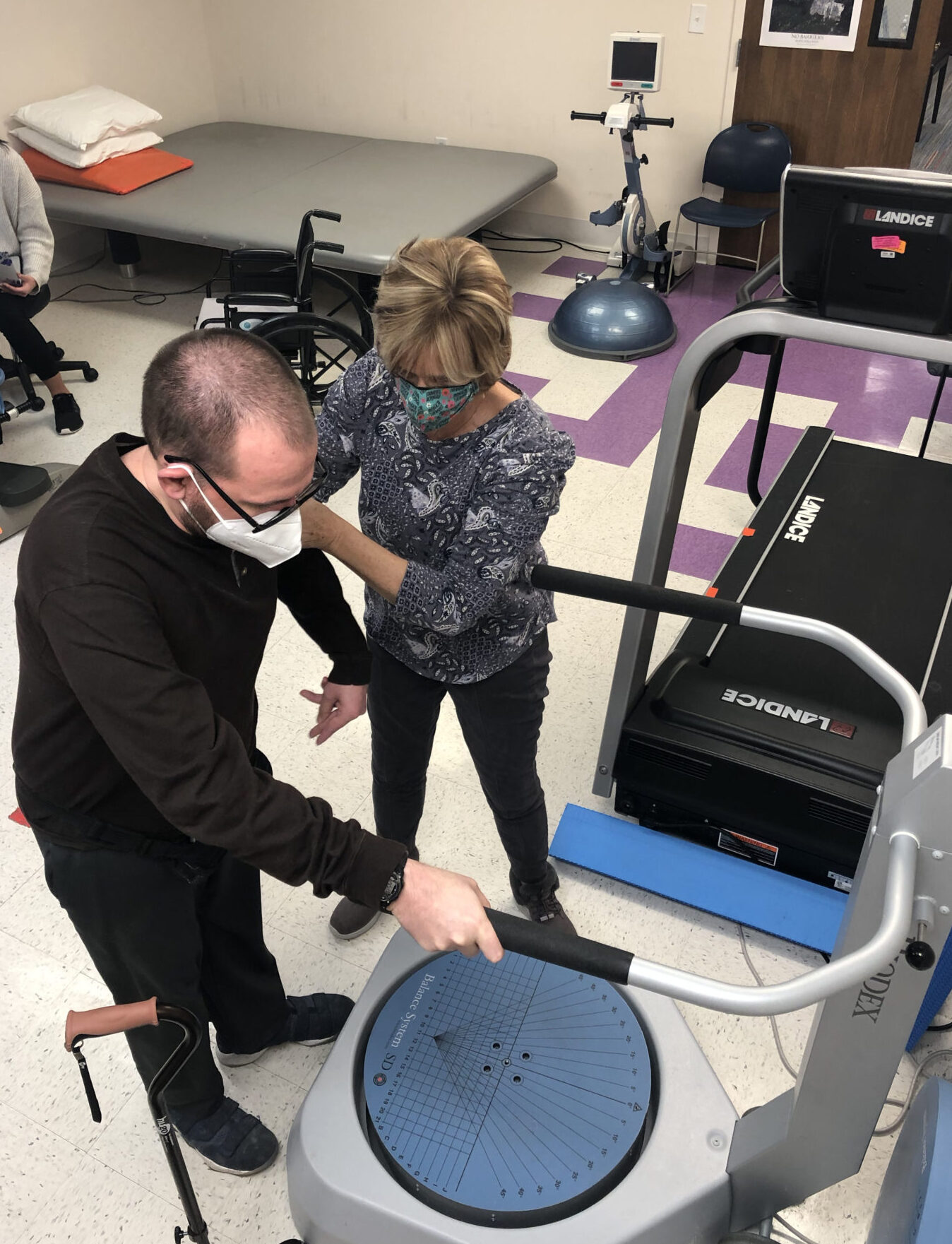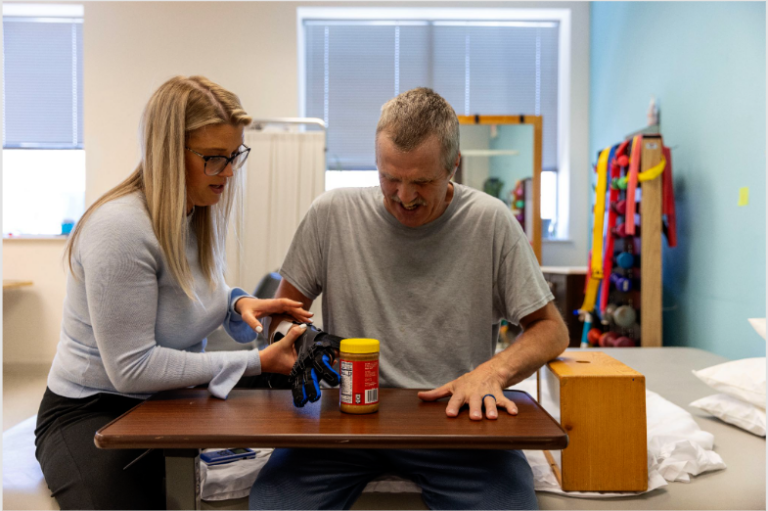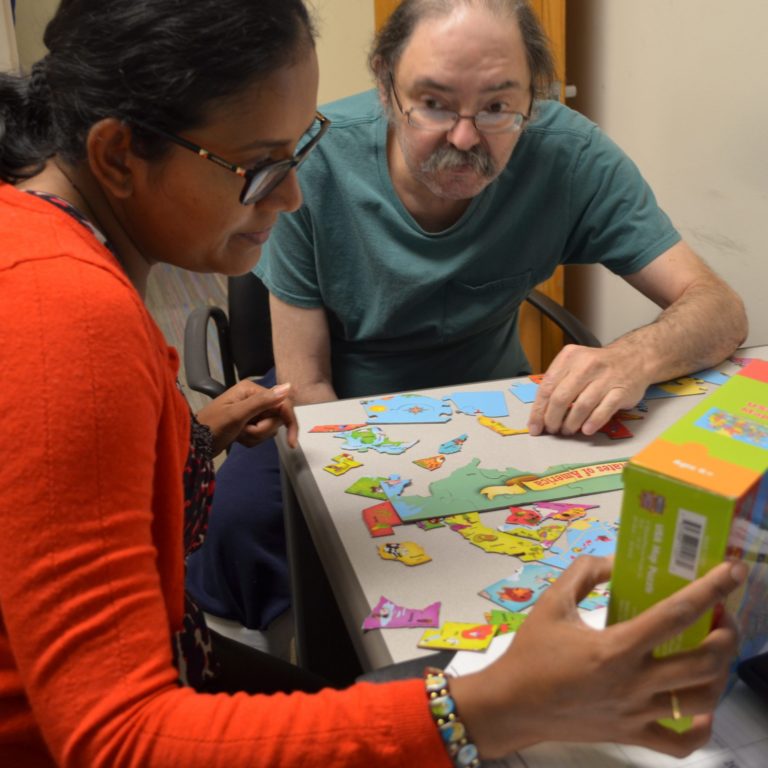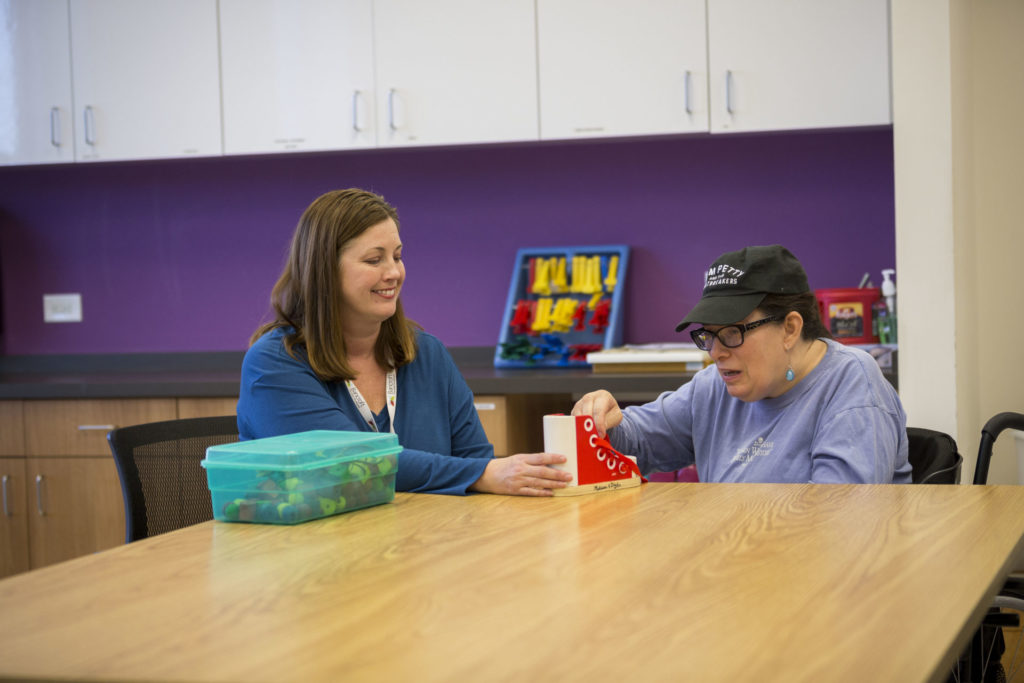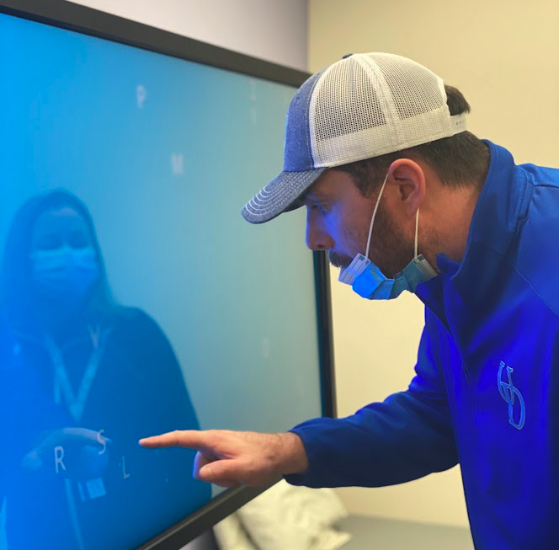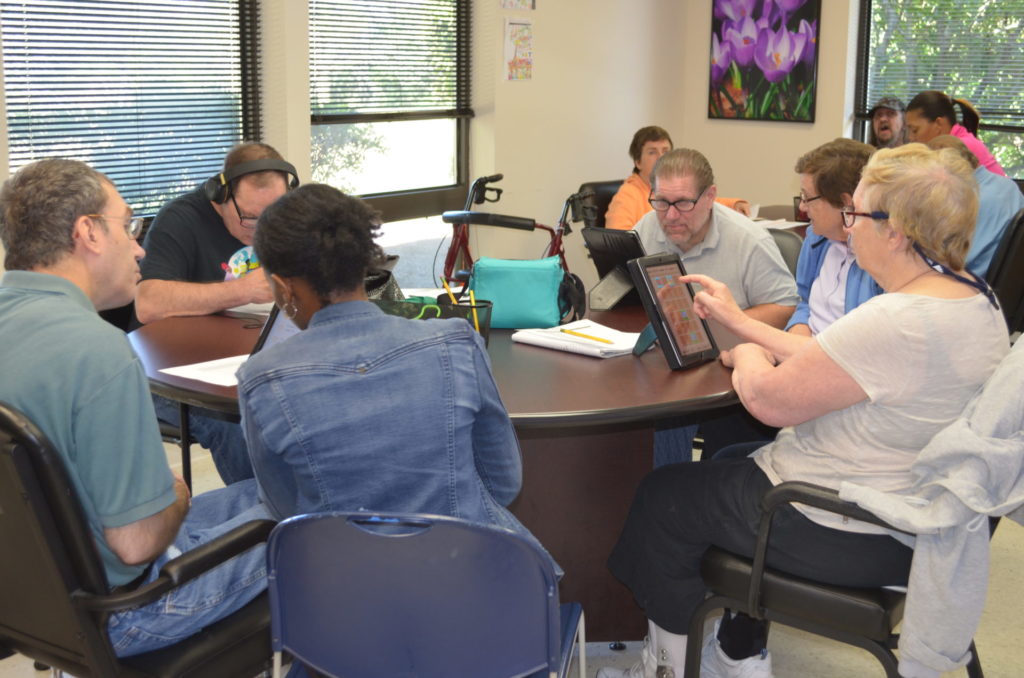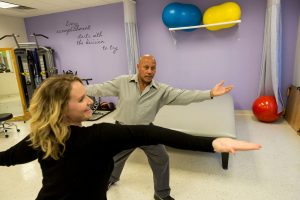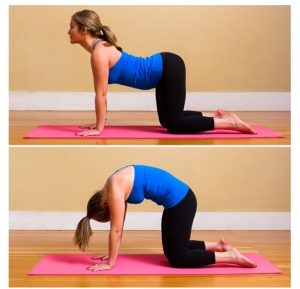|
|
Yoga is among today’s most popular fitness trends – and for good reason. It’s a great way to strengthen both your body and your brain – with a focus on deep breathing and poses that are designed to help rest the mind.
In fact, doing just 20 to 25 minutes of yoga a day has been shown to boost brain function and energy levels – and some research has suggested it can help fight off age-related cognitive decline.
Since it can be adapted to people of all ages and abilities, yoga can be beneficial for everyone, including those with traumatic or acquired brain injuries, and with neurologic conditions such as Parkinson’s disease, stroke and multiple sclerosis. It also helps to relieve stress, improve balance flexibility and posture. It can help lengthen muscles, build strength, and encourage more focused breathing. For people recovering from stroke, especially, research has shown that yoga can improve reaction time, hand-eye coordination, and strategic planning abilities.
Meditation and Brain Function
Yoga’s focus on meditation and mindfulness encourage resting your brain – and as with any other injury or part of the body, rest is key to recovery. Meditation has been shown to reduce fatigue; increase the speed at which our brains digest information; and improve problem-solving abilities and the way we manage emotional and cognitive symptoms.Meditation has even been linked to increased life satisfaction among people with mild TBI and post-concussive symptoms. One study of adults with mild cognitive impairment showed that those who practiced yoga and meditation were less likely to be depressed, had better visuo-spatial memory (which affects balance) and had increased brain communication across areas related to attention control. So what are you waiting for — try some yoga today! Try Some Yoga Today!
|
|
Exercise 1: Breathing — Inhale Retention
- Sit in a comfortable cross-legged position on the floor (hips elevated), or in a chair with feet flat on the floor, about hip-width apart. Place your hands in your lap.
- Sit with good posture:
- Spine long, shoulder blades pulled down and back lightly
- Head facing forward, chin tucked in slightly
- Shoulders aligned over pelvis
- Close your eyes, or soften your gaze on a non-moving object in front of you
- Breathe in for as long as is comfortable without strain
- Hold the breath for as long as is comfortable without strain
- Exhale slowly
Notice how the breath feels in your body. Can you feel your ribs expand and contract? Does the air on inhale feel cooler than on exhale? Are there places in the body where the breath feels stuck? Places where it moves more freely? Notice how your body feels. Do you feel the touch of clothing on your body? Are there parts of your body that feel uncomfortable sitting? Are there parts of your body that feel more at ease? Notice what you hear and smell.Notice what you see behind closed eyes, or in the line of your soft gaze.
Exercise 2: Alternate Nostril Breathing
Builds on the inhale-hold-exhale practice, adding a hand gesture to facilitate inhaling through one nostril and exhaling through the other, then reversing.
- To start, use the right ring finger to close off the left nostril on the inhale; use the thumb and ring finger to close both nostrils on the retention, then use the thumb to close off the right nostril on the exhale.
- Practice the same observation of body and mind as described in Exercise 1.
|
|
This practice is believed to oxygenate and balance the right and left sides of the body and brain – as well as calming the nervous system.
Exercise 3: Cat-Cow Pose (Bidalasana)
This works the core muscles by moving the spine through flexion, contracting the abdominals (cat pose) and extension, contracting the paraspinals on the back (cow). For those with limited mobility, the same movements can be made while seated in a chair, using arm rests for leverage.
- Start in a neutral position of good posture
- On inhale, sink into the cow position (if seated: draw shoulder blades together and back) and hold for a few seconds.
- On exhale, round up into cat (if seated, round the shoulders forward and hollow out the belly, and hold for a few seconds).
Bidalasana is believed to enhance the function of abdominal organs and calm the mind by relieving tension and stress in the body.

